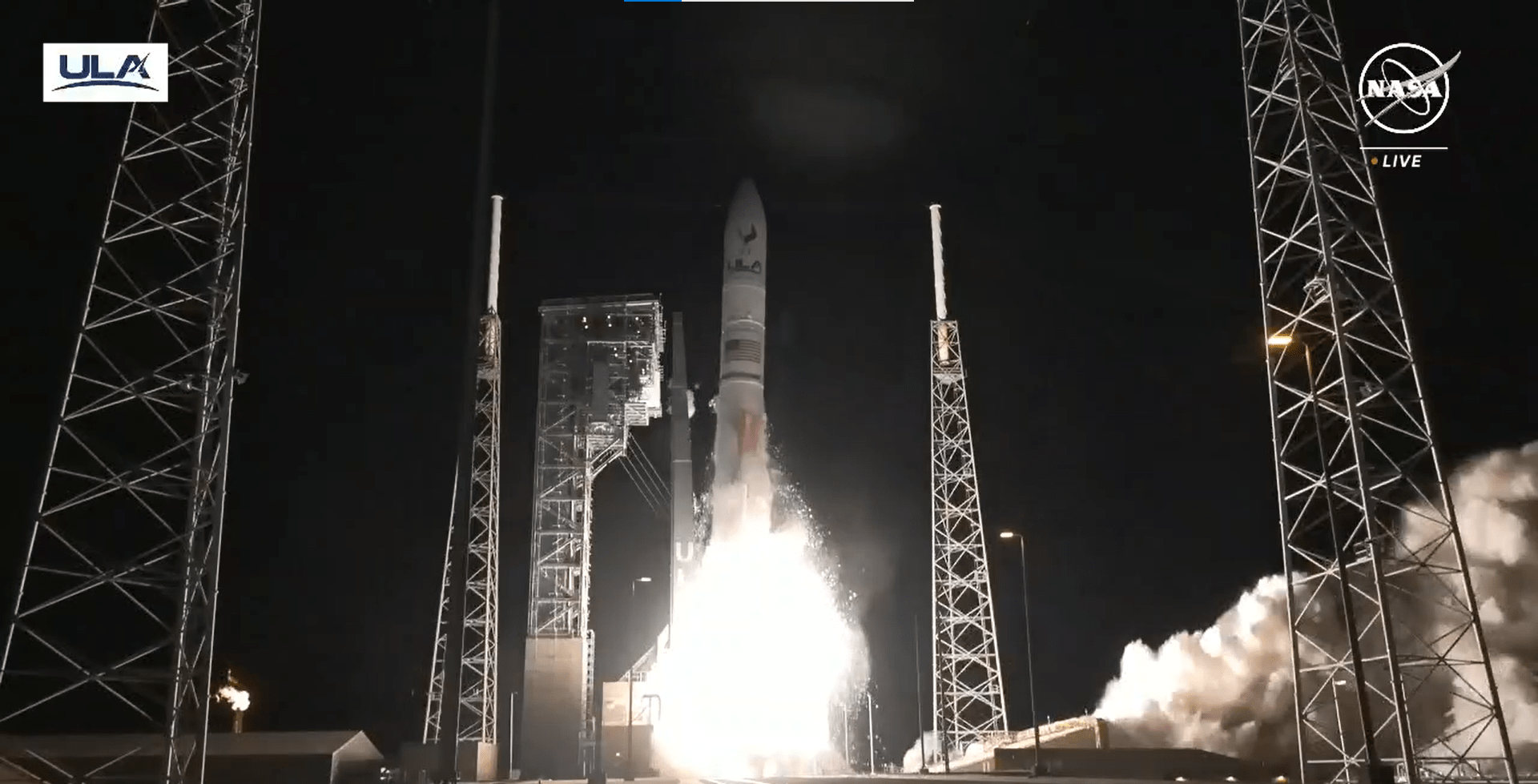2024-01-08 プリンストン大学
◆彼らは歴史的記録だけでなく、気温と降水の影響を理解し、将来の気象変動に備えるべきだと強調。地球温暖化が進む中、気候変動による影響を考慮した将来のインフラ設計が必要とされている。
<関連情報>
- https://engineering.princeton.edu/news/2024/01/08/climate-change-likely-drive-more-floods-some-parts-u-s-fewer-others
- https://link.springer.com/article/10.1038/s41467-023-44415-4
排出量増加のシナリオは、米国でより極端な洪水につながる Higher emissions scenarios lead to more extreme flooding in the United States
Hanbeen Kim &Gabriele Villarini
Nature Communications Published:03 January 2024
DOI:https://doi.org/10.1038/s41467-023-44415-4

Abstract
Understanding projected changes in flooding across the contiguous United States (CONUS) helps increase our capability to adapt to and mitigate against this hazard. Here, we assess future changes in flooding across CONUS using outputs from 28 global climate models and four scenarios of the Coupled Model Intercomparison Project Phase 6. We find that CONUS is projected to experience an overall increase in flooding, especially under higher emission scenarios; there are subregional differences, with the Northeast and Southeast (Great Plains of the North and Southwest) showing higher tendency towards increasing (decreasing) flooding due to changes in flood processes at the seasonal scale. Moreover, even though trends may not be detected in the historical period, these projected future trends highlight the current needs for incorporating climate change in the future infrastructure designs and management of the water resources.



